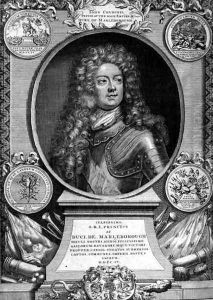Nicolas Chevalier Paintings
Nicolas Chevalier was a Swiss-born painter and illustrator who gained prominence in the 19th century. Born on May 9, 1828, in St. Petersburg, Russia, to Swiss parents, Chevalier was exposed to a multicultural environment from an early age. His family moved back to Switzerland when he was a child, and it was here that he began his formal education in the arts. Chevalier initially studied architecture at the Munich Academy of Arts, but his passion for painting and drawing soon took precedence, leading him to pursue a career in the visual arts.
In the 1850s, Chevalier moved to London, where he worked as an illustrator for various publications, including the Illustrated London News. His work during this period was primarily focused on architectural and landscape subjects, showcasing his meticulous attention to detail and his ability to capture the essence of his subjects. In 1854, Chevalier embarked on a significant journey to Australia, a move that would have a profound impact on his career. During his time in Australia, he traveled extensively, capturing the landscape, people, and burgeoning cities of this new world in sketches, watercolors, and oils. His works from this period are among the earliest representations of the Australian landscape by a European artist and hold a significant place in the art history of the region.
Chevalier's Australian sojourn lasted until 1869, after which he returned to Europe, settling in London. Throughout the 1870s and 1880s, he continued to exhibit his works, which by now included a considerable number of Australian scenes, in addition to European landscapes and architectural studies. Chevalier was not only a painter but also a skilled lithographer, and his works were widely disseminated in the form of prints, contributing to his international reputation.
Nicolas Chevalier's contribution to the visual arts extends beyond his paintings and illustrations. He played a part in the early history of photography in Australia, experimenting with the medium and incorporating photographic elements into his work. His artistic legacy is characterized by a diverse body of work that reflects his travels and his ability to adapt to and capture the essence of different environments.
Chevalier passed away on October 15, 1902, in London. Today, his works are held in various public and private collections around the world, including in Australia, where his early depictions of the country's landscape continue to be celebrated for their historical and artistic value. Chevalier's life and work exemplify the spirit of exploration and curiosity that defined much of the 19th-century art world, making him a notable figure in the history of European and Australian art.
